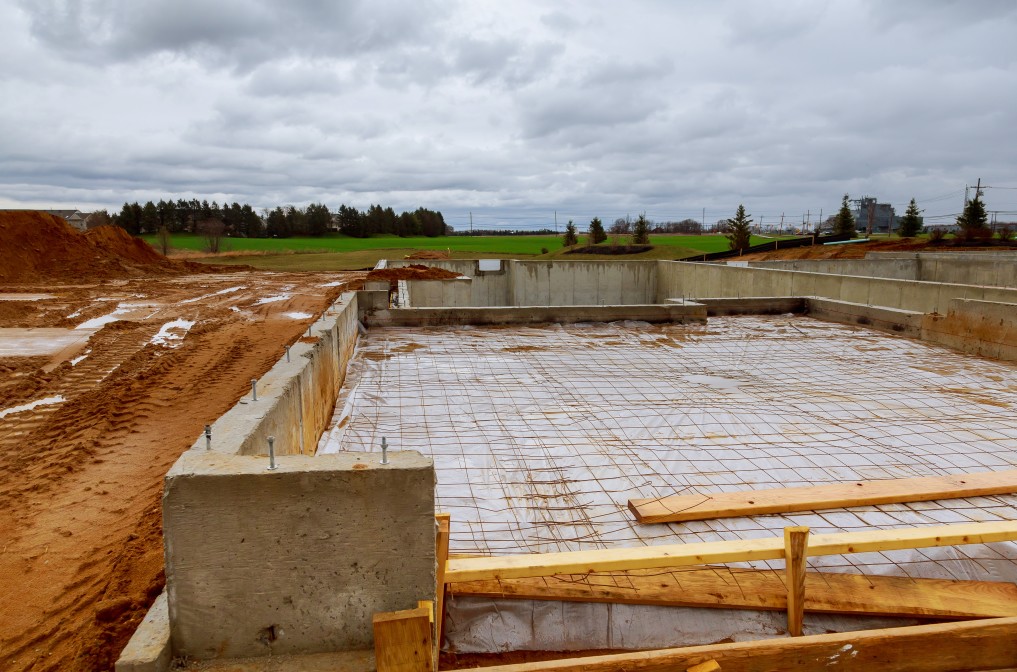When it comes to your home or business, noticing and addressing the signs of foundation damage early is essential. If left untreated, they can lead to further damage and costly repairs that could have been avoided. While the presence of one of these signs doesn’t necessarily confirm foundation damage, it’s certainly worth getting a professional foundation examination if you notice several of the warning signs of foundation damage.
Doors and Windows
Foundation damage can cause doors and windows frames to shift out of their natural shape, or “out of square,” causing poor latching, sticking, or even outright jams when trying to open or close them. Check to see if your windows and doors have shifted by measuring their width at the bottom, middle, and top—if the measurements don’t match up, your frames have likely moved.
Gaps
On the exterior of your building, check for places where the windows are pulling away from the outside walls. Even if it’s not a result of foundation damage, it should still be addressed, as the holes can allow pests and moisture into your home. Gaps like this can also occur at junctions where floors and ceilings meet interior walls, or you might notice them near cabinets or other features that are attached to or built into the walls, like crown molding.
Cracks
Some cracks are harmless, like the small ones that result from seasonal temperature changes; while they should probably be patched to avoid drafts and improve the look of the building, they’re most likely not from foundation damage. However, if the crack meets any of these criteria, it could be a result of a shifting or uneven foundation:
- Wider than 1/8th of an inch
- Wider at one end, narrower at the other
- Forming in a horizontal or 45-degree angle, especially when coming off a window or door frame
- Forming in a stairstep pattern, especially on exterior brick walls
- Leaking water from or around it
Sagging Floors
All buildings settle to a certain degree, but a heavily sloping floor—more than one or two inches of slant in 15ft—can spell trouble for your foundation, especially if it slants in one direction or is pulling away from the wall. The good news? The direction your floor is slanting can help direct you right to the location of the foundation damage.
Not sure if your floor is slanted? Check by stretching a piece of string from one end of the room to the other. If you hold it tight to the floor at both ends, you’ll be able to see where the floor dips away from the string.
Get a Professional Opinion
If you’re unable to ascertain the health of your foundation, just remember: foundation problems only get worse if left untreated, so for your peace of mind and the health of your home or business, it’s best to call a professional for an assessment. As a certified member of the Deep Foundation Institute, Landwehr Construction has the foundation solutions to get your building back on solid ground. Learn more about our foundation solutions or contact us today.

